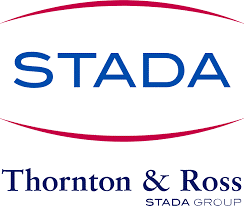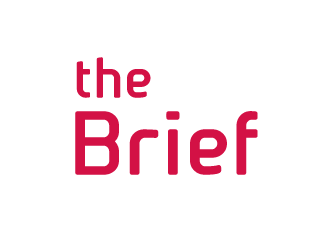The end of the billable hour: what does it mean for law firms?
A new report from LexisNexis, Calling time on the billable hour, explores the gradual shift from billable hours as the primary method of calculating legal fees to alternative fee arrangements (AFAs) such as flat rates.
Traditionally, law firms have charged clients on an hourly basis, linking end of month billing with the amount of time spent on any legal matter and according to the seniority of the lawyer.
But in recent years clients have increasingly questioned the billable hour and started requesting flat fees, whereby the cost of legal work for a specific project is determined in advance. According to Georgia Dawson, senior partner at global law firm Freshfields Bruckhaus Deringer, “Over the last 10 years there’s definitely been more of a pivot towards alternative fee arrangements and other structures, where clients are looking for more certainty of cost.”
Implications for law firms
Meeting client demand
At present, the move from billable hours to AFAs is being driven by clients. According to a Bloomberg survey, 85 per cent of law firms said their use of AFAs was driven by client demand. It seems that COVID-19 acted as a catalyst, with a 2021 BigHand survey finding that client demand for AFAs had ramped up by 26 per cent since before the pandemic.
But it’s likely there were a multitude of factors behind the push for more controlled costs, including economic headwinds and more restrictive budgets. Certainly, in terms of in-house teams, the primary reason for demanding AFAs, according to Bloomberg, is a desire to save costs, followed by cost certainty.
Law firms need to recognise this increased demand for AFAs from their clients or risk losing out to their competitors.
Legal technology
Law firms often justify investing in new technology because it will enhance efficiency and result in productivity gains. However, the juxtaposition of increased efficiency with a time-based pricing structure can create a dichotomy: if less time is spent on a client matter then this will potentially result in fewer billable hours, and ultimately a lower turnover.
Noting this inherent dilemma, Stephen Denyer, director of strategic relationships at The Law Society, says, “One of the basic aims of law tech is to speed up tasks, which doesn’t really help your profitability if you’re still sticking to billable hours, so firms are still coming to terms with how to feed in the law tech element”.
As more technology is harnessed by law firms, it is likely that the inevitable outcome will be to start considering a move to alternative fees to maximise profits.
Shifting culture
According to Law Care’s Life in the Law report, over two-thirds of lawyers in the UK and Ireland have recently suffered some form of mental ill health. Some commentators have argued that the billable hour is to blame, with one senior lawyer claiming, “The billable hour is horrible from a mental well-being perspective because you always have this general level of anxiety and stress”.
As more firms take steps to promote the wellbeing of their staff, alternatives to the billable hour will need to be considered.
How can law firms adapt?
There are several steps law firms can take to ease the shift from billable hours to AFAs:
1. Data analytics
Firms that introduce alternative fees will need to ensure that they are still making a profit. Currently, 63 per cent of law firms cite the difficulty in determining profitable pricing as a barrier to implementing AFAs.
They can better understand how to set prices by analysing their existing data, according to Isabel Parker, legal management consulting partner at Deloitte Legal. She says, “Law firms bill their time in six-minute increments, so they’re sitting on a lot of time recording data.
“If that data can be mined and used for insight about what’s really involved in delivering a matter, law firms would have much more confidence in the way they price.”
2. Hybrid pricing
Rather than shifting entirely from billable hours to fixed fees, law firms can adopt different pricing structures according to the type of work. For example, flat fees can be introduced for planned projects with strictly defined outcomes, whereas billable hours can be retained for ad-hoc or urgent work. Another option is to use capped fees, where billable hours can be charged up to a certain limit.
3. Changing targets
Although most firms still impose billable hour targets on their fee earners, the rise in popularity of AFAs will likely redefine productivity. Rather than focusing on the amount of time a lawyer spends on client work each month, success may be determined by the amount of time saved.
If a project has a flat fee, the lawyer who spends the least time possible (while retaining quality) completing the work will maximise profits for the firm.
Download the new LexisNexis report to find out more about the shift away from billable hours to AFAs and how law firms can prepare.
Visit
Connect with Dylan Brown via Linkedin










